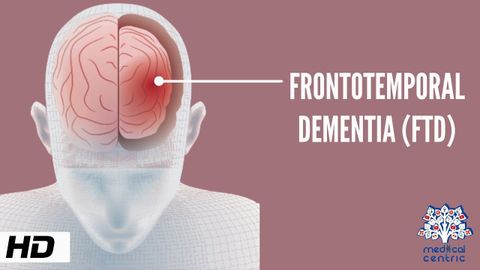前頭側頭型認知症(FTD)とは?兆候や症状を確認!
林宜悉 が 2023 年 03 月 20 日 に投稿  この条件に一致する単語はありません
この条件に一致する単語はありませんUS /səbˈskraɪb/
・
UK /səb'skraɪb/
- v.t./i.(定期的なサービスに)申し込む : 予約をする : 予約金を払う
US /ˈstrʌɡəl/
・
UK /'strʌɡl/
- v.t./i.奮闘する;もみ合う
- n. (c./u.)奮闘;苦闘
US /ˌɪndəˈvɪdʒuəl/
・
UK /ˌɪndɪˈvɪdʒuəl/
- n. (c.)個人;個々の項目;個体;個人競技
- adj.個人用の;個人の;個々の;独特の
US /dɪˈtɚmɪn/
・
UK /dɪ'tɜ:mɪn/
エネルギーを使用
すべての単語を解除
発音・解説・フィルター機能を解除
